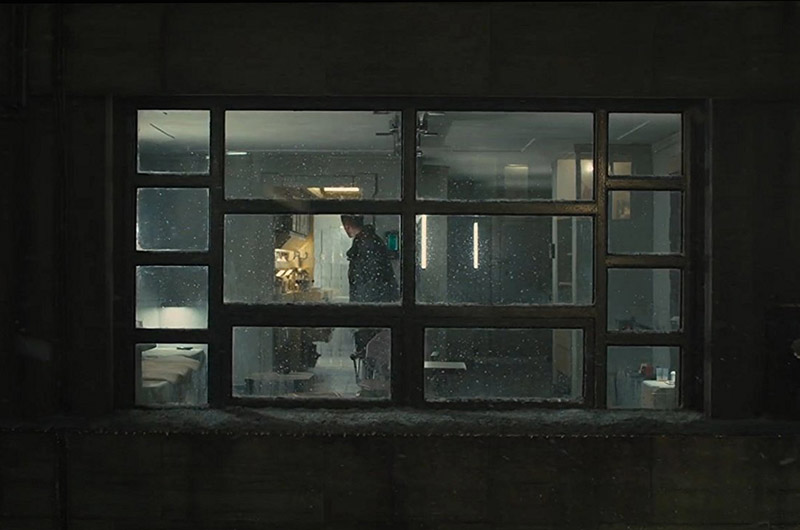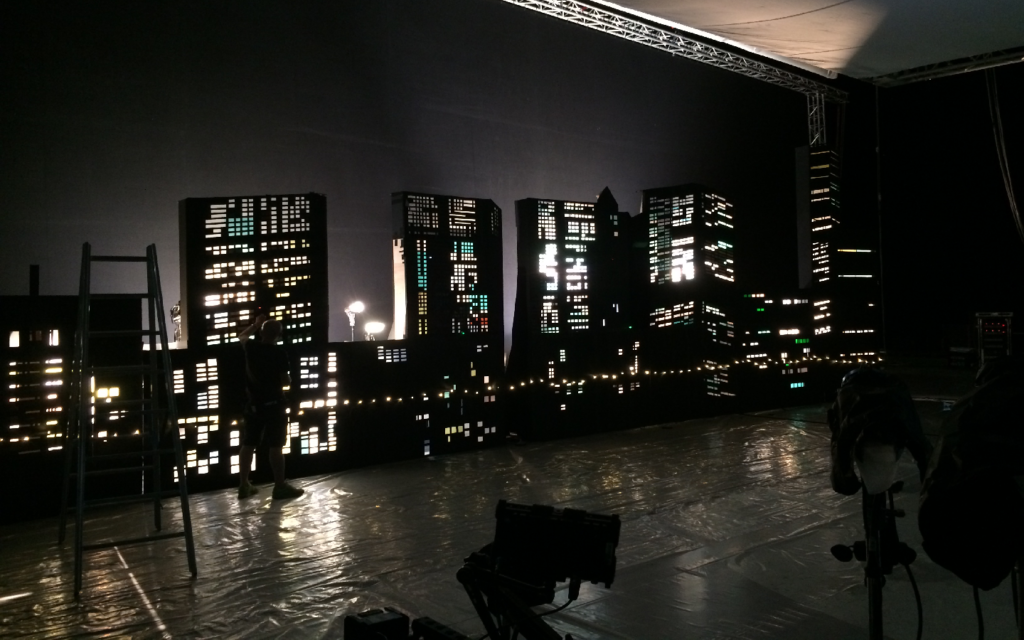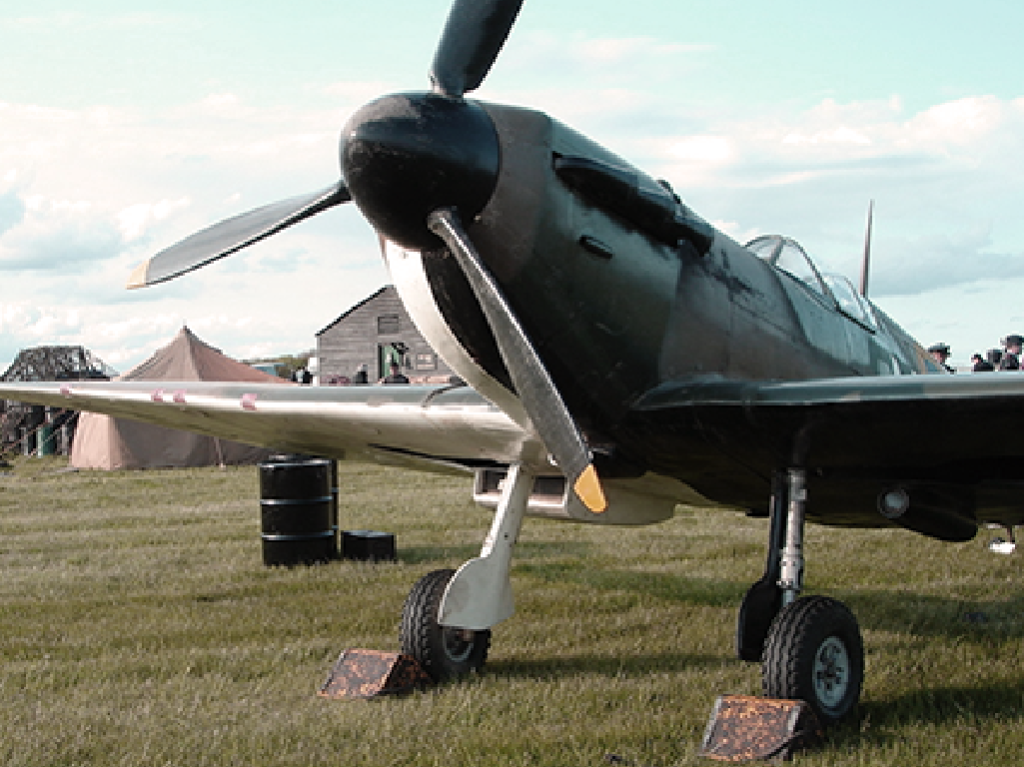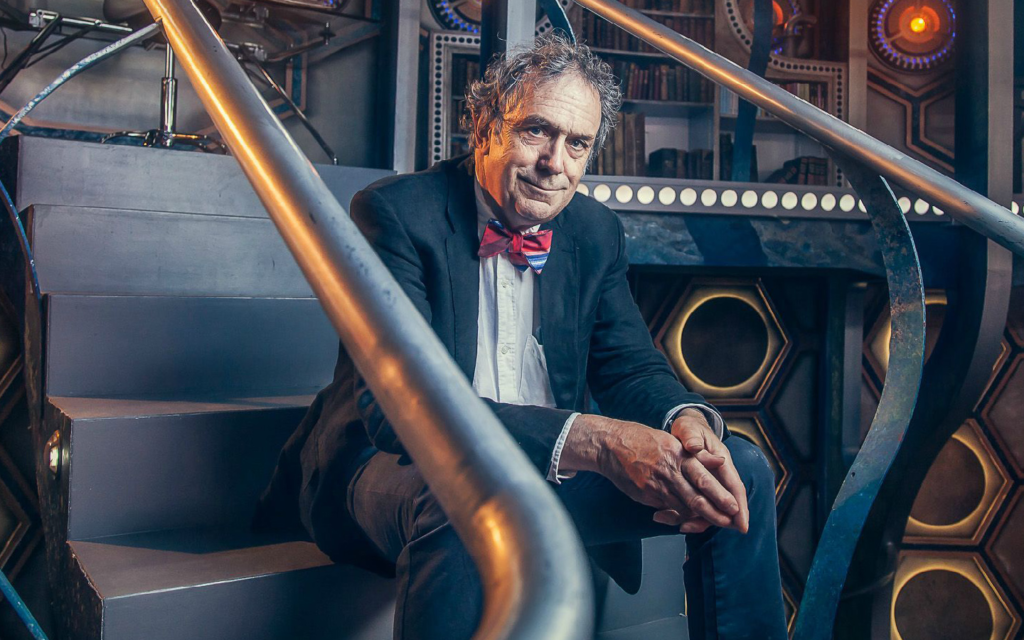SET DECORATOR: ALESSANDRA QUERZOLA
PRODUCTION DESIGNER: DENNIS GASNER
WARNER BROTHERS
“My goal was to honor the film noir aesthetic of the first movie while giving the new film its own identity,” Director Denis Villeneuve purports re: BLADE RUNNER 2049, the stand-alone sequel tribute to Scott’s seminal dystopian science fiction epic. “On set, as we are shooting, very often there are very strong poetic moments that will not happen in front of a green screen…I strongly believe in real environments.”
Production Designer Dennis Gassner and Set Decorator Alessandra Querzola SDSA provided exactly that: deeply atmospheric fully realized, slightly futuristic noir sets that not only conveyed the solitude and loneliness at the heart of the film, but offered the director, cinematographer and actors distinctive worlds within a world.
[IMAGE]
K’s Apartment … “the visual poetry of the film” Ryan Gosling © 2017 Alcon Entertainment. All rights reserved
Villeneuve expounds, “I love to work with real sets, with real objects. It was very important to me to build a world that is tangible around me and the actors so they are living in the setting we’ve created instead of just trying to imagine it.”
For the cast, stepping into the physical environment had the desired result. Gosling affirms, “It was incredible to have those sets because, as actors, you can really focus on the internal world of your character since the external world has been so fully realized.”
“It’s like you have this fantastic world around you, but you are always at a human level,” Villeneuve states. “BLADE RUNNER 2049 is a very intimate story told with a lot of scope.”
Gassner created what he refers to as “a pattern language” based on the redesign of the air car, the spinner, Blade Runner K’s vehicle of choice. Querzola implemented it throughout the film, providing design and décor details, including the technological features, from video monitors and scanners to myriad innovative devices, while collaborating intensely with art directors and other key production teams. This essential collaboration became an integral part of the set decoration. It was also innovative, Querzola and her team were constantly repurposing and redesigning.
She explains, “The design of the technology was one of the main goals from the start. We had to imagine a future in which technology would have resumed the path of the original BR and developed from that point, maintaining that POV yet enhancing the distance with our current digital world like a diverted off side path. Very real, very grounded. Not wildly futuristic but just a sidebar future, a future in which anyone could find himself.”
“All along the way, it was like a non-stop fine-tuning process, working with calipers in hand all the time! We designed a lot and purchased or rented many good design elements, but we stayed low and grounded, keeping it defined but subtle.”
[IMAGE]
Doc Badger’s – Querzola’s team provided a depth of tech equipment that represented several eras, as this was a time of repurposing.
The lighting Querzola and her team provided was critical for Director of Photography Roger Deakins [also nominated for an Academy Award], as he created the equivalent of photographic paintings for the screen, images flowing and holding…streams of light adding an other-worldliness, at times a muted glow…the harsh lighting of the police compound…or darkened pathways only punctuated with light.
“With Roger, it was a great exchange,” Querzola relates. “We designed and made specific light fixtures, but we were also very happy to use a run of gigantic power plant fluorescent lights found locally in Hungary, with the inherent soviet-flavor signature. It was about lighting, but it was also about enhancing colors and reflections of the set, or using translucent plastic to be lit…testing and fine-tuning the effect. For example, in the background of Bibi’s complex, you don’t really understand that there is a market lit through translucent plastic in the background—no need to! It’s just wonderful glowing light that is needed.”
Sets ranged from the almost barren minimalism of K’s apartment and Wallace’s compound, to the huge penthouse and defunct casino in the ruins of Las Vegas or the Dickensian massive computer salvage sweatshop…an orphanage, or rather dumping house of orphans and abandoned children…with seemingly endless tables and vats of parts, wires, keyboards, motherboards and metal plates being sorted by hundreds of small children.*
Villeneuve says his “favorite set of all time” was the derelict erotic sculpture garden barely discernible through the rusty fog, eerily silent silhouettes fading in and out of the background behind a grouping of active beehives that stood like teeming pawns in a chess game of the gods of long ago.
Utilizing contemporary graphics and advertising techniques pushed into the future, gigantic holographic billboards and 3-D images brought a colorful interactive surrealism to the dystopian grey city, while an old-fashioned pot cooking on a vintage stove in a worn farmhouse and a faded photograph hidden in an ancient piano showed the “human” side of an aged-out replicant.
Somehow, beauty was everywhere, even in the bleakest of settings and seemingly limitless despair. Soulfulness is visually defined, but the question of who truly has it, whether it is measurable, remains…
The following article has been reproduced with kind permission of the Set Decorators Society of America
The original article with more pictures can be found at SDSA




